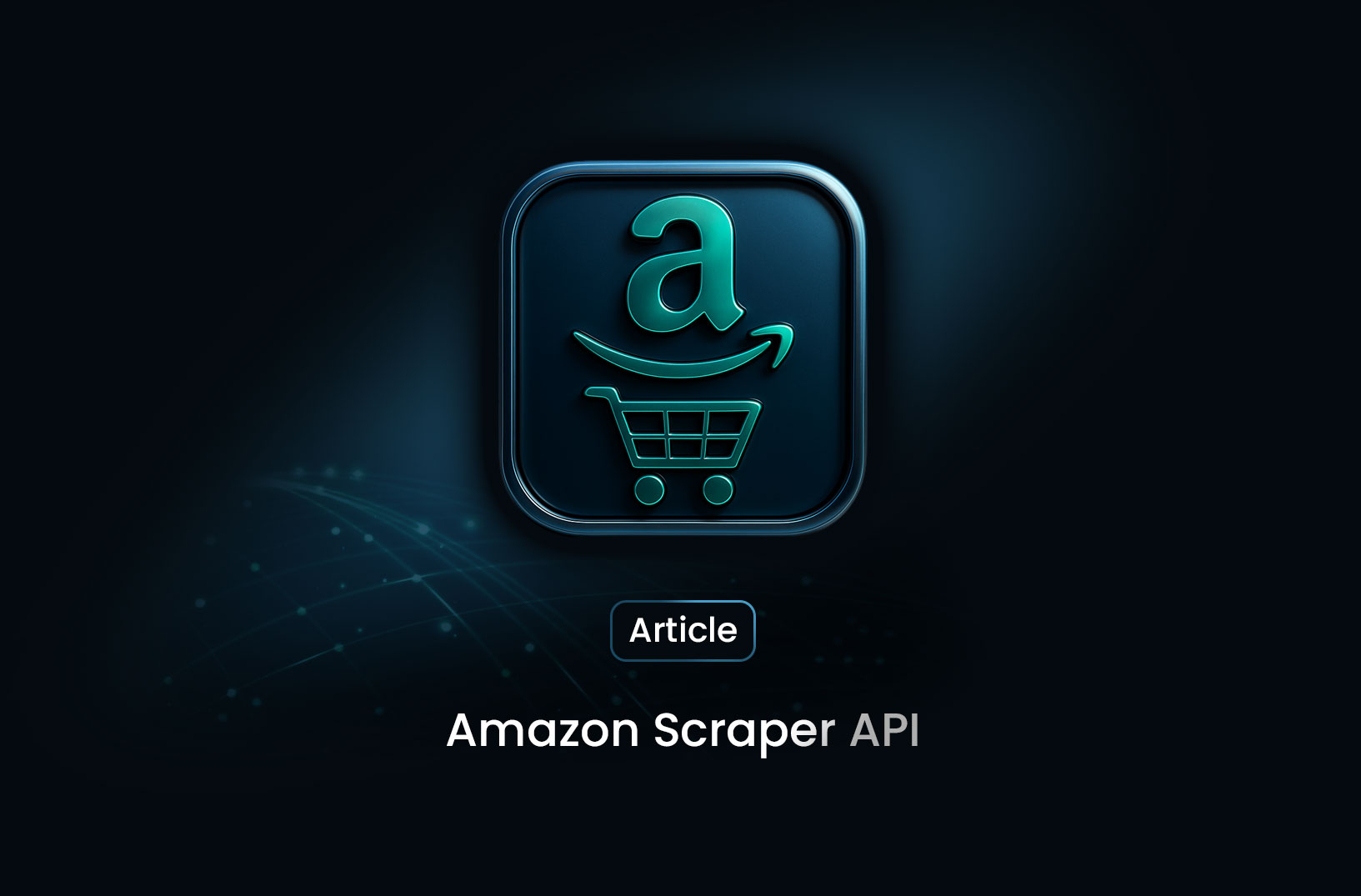
Google Ads Competitor Analysis: 6 Key Strategies to Stay Ahead
ArticleDiscover 6 powerful strategies for Google Ads competitor analysis to optimize your campaigns, improve ad copy, track bidding strategies, and leverage web scraping for data-driven insights. Stay ahead of the competition with smarter AdWords tactics!
Google Ads (formerly AdWords) is a battleground where businesses compete for visibility, clicks, and conversions. To stay ahead, you need a well-planned AdWords competitor analysis strategy. This guide will take you step by step through effective competitor research, including how web scraping can give you an edge.
Why Competitor Analysis in Google Ads Matters
Understanding your competitors' Google Ads strategies helps you:
- Identify new keyword opportunities
- Optimize your ad copy and landing pages
- Adjust bidding strategies
- Improve conversion rates
- Outperform competitors by capitalizing on their weaknesses
With the right data-driven approach, you can refine your campaigns to maximize ROI while reducing wasted ad spend.
1. Identify Your Google Ads Competitors
The first step is to pinpoint who you’re competing against in Google Ads. Here’s how:
Manual SERP Research
- Search for your primary keywords and note which companies consistently appear in paid search results.
- Analyze their ad positions, messaging, and display URLs.
Use Competitive Analysis Tools
Tools like Google Ads Transparency Center, SEMrush, and Ahrefs can help identify top competitors in your niche.
Leverage Web Scraping for Automated Monitoring
Manually tracking competitors is time-consuming. Using a web scraping tool like MrScraper, you can automatically collect and analyze Google Ads data, such as:
- Competitor ad copies
- Keywords they are bidding on
- Frequency of their ads appearing for specific queries
Example: You can scrape Google search results daily for your target keywords and store the ad data for trend analysis.
2. Analyze Competitors' Keywords
A successful Google Ads campaign depends on the right keywords. Here’s how to analyze your competitors’ keyword strategy:
Google Auction Insights Report
Google Ads provides an Auction Insights Report, which shows:
- Impression share: How often competitors' ads appear relative to yours.
- Overlap rate: How frequently your ads and competitors’ ads appear for the same searches.
- Position above rate: How often their ads rank above yours.
Using Web Scraping for Keyword Analysis
With web scraping, you can monitor:
- Keywords competitors bid on frequently
- Seasonal keyword trends
- Competitor keyword overlaps
This data helps optimize your bidding strategy and uncover untapped keyword opportunities.
3. Analyze Competitor Ad Copies & Messaging
Your competitors’ ad copy holds valuable insights into their marketing approach. You should:
- Look at headline structures (e.g., “Best [Product] – Free Shipping Today”)
- Examine call-to-action variations (e.g., “Get a Free Trial” vs. “Buy Now & Save”)
- Analyze ad extensions (e.g., sitelinks, callouts, structured snippets)
Using Web Scraping for Ad Copy Analysis
Scraping competitor ad copies at scale enables you to identify patterns in:
- Which offers and headlines work best
- How often competitors update their messaging
- A/B tested variations over time
By extracting and comparing ad data, you can craft more compelling and effective ads.
4. Monitor Competitor Landing Pages
A strong landing page is the key to converting ad traffic. Analyze:
- Page speed and user experience
- Call-to-action effectiveness
- Content structure (e.g., testimonials, pricing tables, FAQs)
Scraping Landing Pages for Insights
Using MrScraper, you can monitor competitors’ landing pages to:
- Detect pricing changes
- Track content updates
- Analyze keyword placement
This data helps you refine your own landing pages for better conversion rates.
5. Track Competitor Budget & Bidding Strategies
Competitor bidding behavior can indicate their ad spend priorities. You can analyze:
- Ad frequency: More frequent ads suggest higher budgets.
- Bid adjustments: Competitors may increase bids for high-performing keywords.
- Display network presence: Some competitors might allocate budgets to display and remarketing ads.
How Web Scraping Helps
Automated scraping of Google search results can track ad appearances over time, estimating which competitors are consistently outbidding others.
Example: By collecting ad data daily, you can estimate which days competitors are most active, helping you adjust your bidding strategy accordingly.
6. Leverage Competitor Insights for Strategy Improvement
Once you’ve gathered competitor data, here’s how to apply it:
- Expand your keyword strategy: Target overlooked keywords.
- Improve your ad copy: Use data-driven insights to test better headlines and CTAs.
- Enhance your landing pages: Match or exceed competitors’ user experience.
- Optimize bidding strategy: Adjust your budget based on peak competitor activity times.
Final Thoughts: Stay Ahead with Data-Driven Google Ads Optimization
Competitor analysis is not a one-time task—it requires continuous tracking and adaptation. By integrating web scraping with traditional analysis methods, you gain deeper insights into Google Ads competitors, allowing you to optimize campaigns more effectively.
Get started with MrScraper today to automate and enhance your AdWords competitor analysis!**
Find more insights here

TikTok Unblocked: How to Access TikTok on Restricted Networks
Learn how to unblock TikTok on school Wi-Fi, office networks, public hotspots, or restricted regiona...

Amazon Scraper API: The Complete 2025 Guide for Developers, Sellers, and Data Teams
A complete 2025 guide to Amazon Scraper APIs. Learn how they work, what data you can extract, top pr...

How to Scrape TikTok: Scrape Profile Stats and Videos
Learn how to scrape TikTok profile stats and videos using Python and Playwright. Extract followers,...
